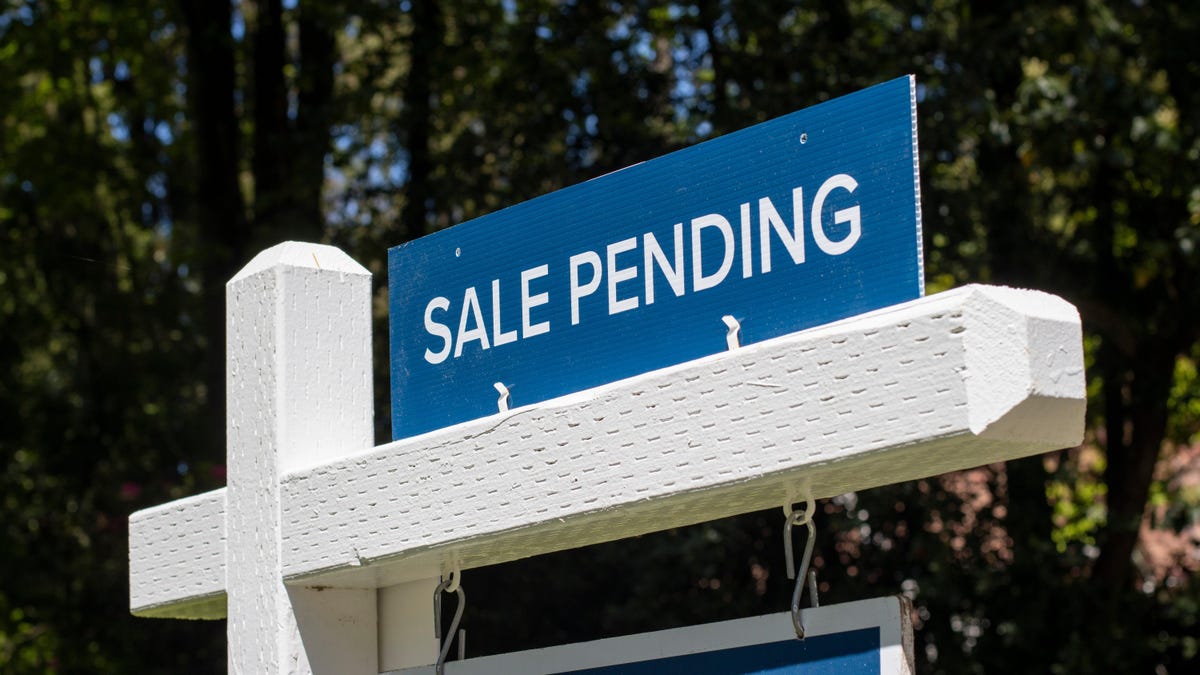Everyone knows that buying a home is expensive as heck—but the list of extra costs associated with buying a home can be shocking. Aside from closing costs, there are home inspections to pay for, lawyer fees—and possibly private mortgage insurance (PMI).
Lenders require you to pay for PMI when you put down less than 20% on the property—close to one in five mortgages require PMI in the U.S. It’s a significant expense—as much as 2% of the loan amount. The key thing to understand about PMI is that it’s insurance that protects the lender, but is typically paid for by the borrower—that is, you. Lender-paid mortgage insurance exists, but in those cases, the lender will usually roll the costs into the cost of the loan, so you don’t save anything with that option. PMI is expensive, so if you’re paying for it, you should try to get rid of it as quickly as possible—and you have some options.
Do nothing
Your first, and probably most expensive, option is to simply do nothing aside from make your monthly payments. PMI will be automatically canceled when you reach 22% equity in the home based on the original value of the loan, or when you reach the halfway point of the loan term (for example, 15 years into a 30-year mortgage).
Your lender can pinpoint precisely when you’ll hit that 22% mark, and that date should be in the loan paperwork. If you can’t find it, your lender can tell you. The key requirement for PMI to be canceled on this date is that you’re current on your loan.
But waiting around for PMI to go away might be the most expensive option. There are ways to get rid of that pesky PMI payment faster.
Appreciation
Your mortgage was based on the appraised value of the home at the time the loan was written, but that value changes over time due to several potential factors:
- Improvements: Did you add square footage? Finish a basement? Your home’s value may have increased.
- Market factors: Are homes in your neighborhood selling for more than they were when you were house-hunting? The market may have raised your home’s value even if you did nothing special to it.
If your home’s value has gone up, you have more equity in the home. If that means you have 20% equity or more, you can contact your lender and request the cancelation of the PMI on your mortgage. This not only gets rid of that PMI payment much sooner (potentially years before it’s scheduled to end), it also means a lower target number, because you don’t have to shoot for 22% equity.
There’s some risk here, because you will probably have to pay for a fresh appraisal of the home to prove its value and your new equity stake in it; if the appraisal doesn’t go your way, you’ll lose that money (typically about $300-$400). But before doing anything, contact your lender—they may have a list of approved appraisers you’ll be required to use, and you want to make sure they don’t have any other rules around canceling PMI you need to be aware of.
Pay aggressively
Another option for getting rid of PMI faster is to pay extra towards your mortgage. Many lenders allow you to split your payments into bi-monthly chunks, which equates to making an extra payment every year, and many will also allow you to add extra money towards the principle of your loan each month. By aggressively overpaying your mortgage, you can get to 20% or 22% equity faster, and get rid of that PMI either through the reappraisal process or by hitting that automatic cancelation metric.
Refinancing
One final way to get rid of PMI faster is to refinance the loan. While this will require some extra math to ensure your total costs actually go down (taking into account the new interest rate, new monthly payment, and other costs), if the new loan leaves you with 20% equity (or more), it won’t require PMI.
One strategy to consider is what’s known as a “PiggyBack” mortgage. This is actually two mortgages that evade the 20% rule that typically triggers PMI. Essentially, you have one mortgage that covers 80% of the necessary loan, and the rest of the home’s cost is split between a second, smaller mortgage and your down payment.
For example, if you’re buying a home worth $250,000 and can only put $25,000 down, a mortgage of $225,000 would trigger PMI. But a second mortgage of $25,000 means your main mortgage would be just $200,000, and you wouldn’t need PMI. You can refinance into a PiggyBack mortgage setup, eliminating existing PMI.

